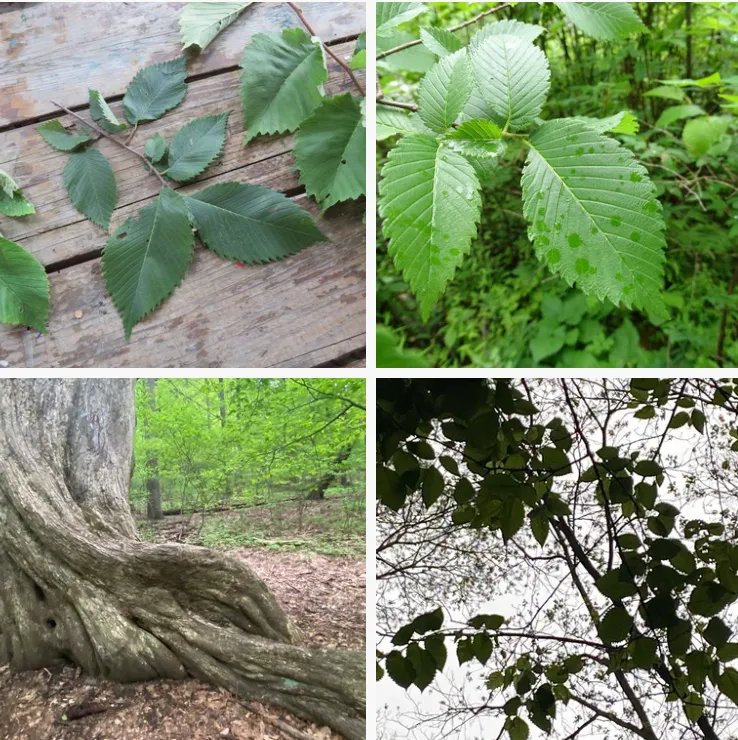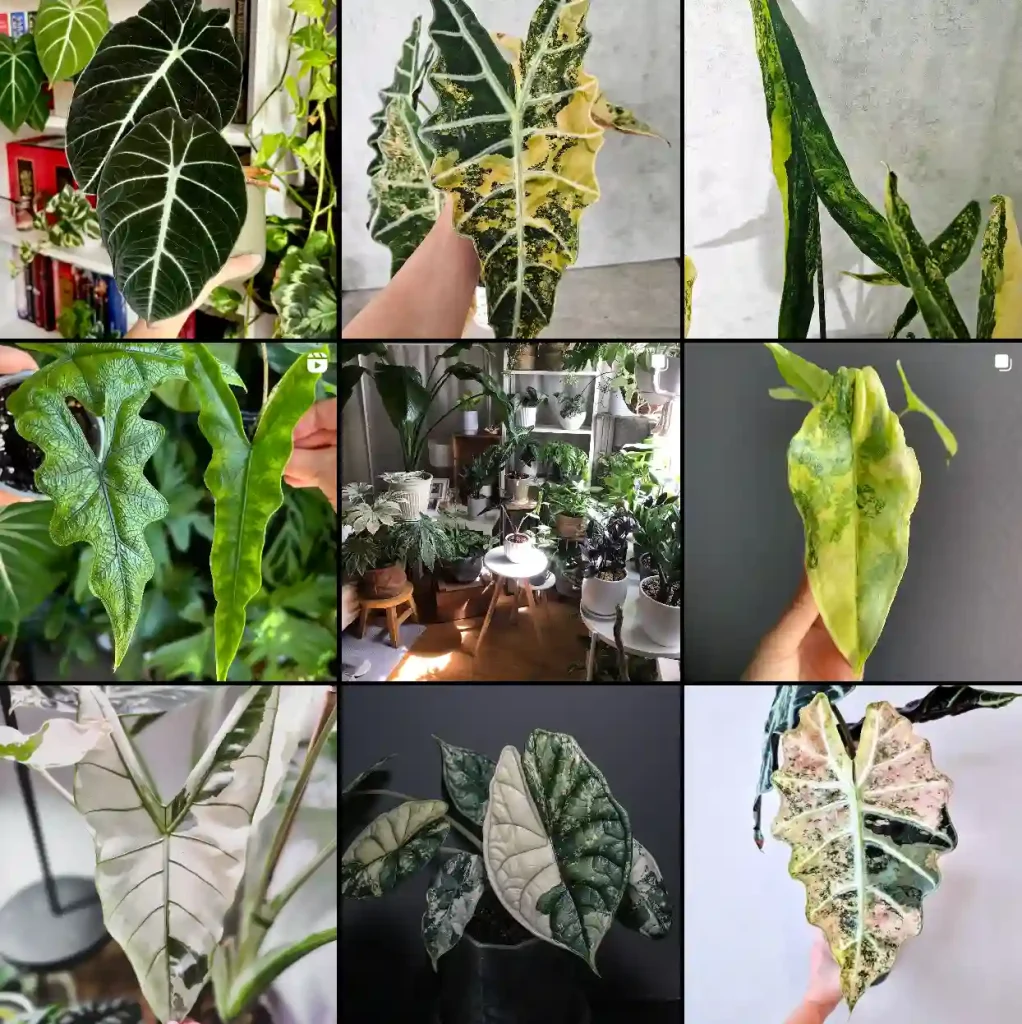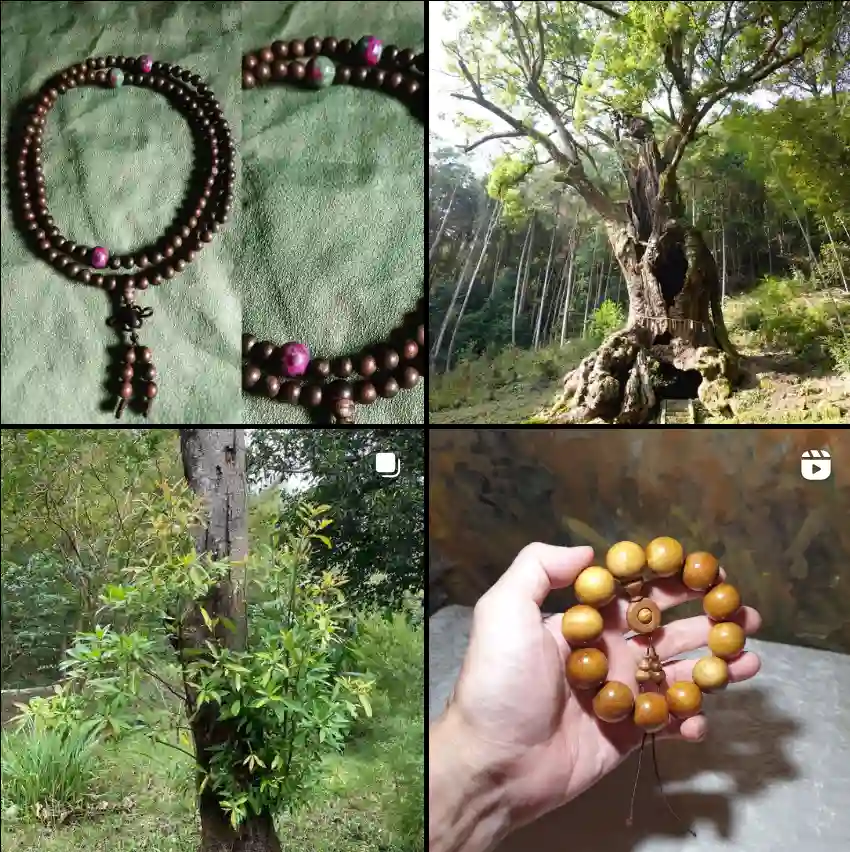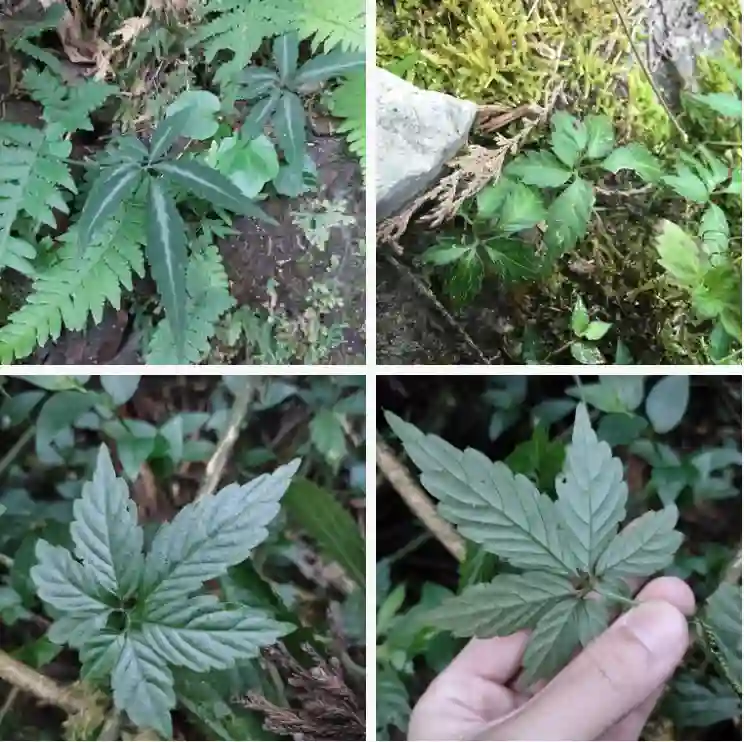Salvinia: A Fern That Floats
My name is Ferb Vu, and I’m fascinated by the genus Salvinia of the Salviniaceae family. These peculiar plants are unlike any other ferns I’ve encountered. Instead of rooting in the soil, they drift freely across the water’s surface. It’s a sight that always captures my imagination – these tiny green islands navigating the aquatic world.
A Closer Look at Salvinia
Salvinia are heterosporous ferns, meaning they produce two kinds of spores. This sets them apart from most ferns, which produce only one type. They’re also relatively small, with most species measuring just a few centimeters across. But what they lack in size, they make up for in their unique morphology and ecological significance.
The leaves of Salvinia are arranged in whorls of three. Two of these leaves float on the water’s surface, while the third is submerged. This submerged leaf is highly dissected and resembles roots, but it actually serves to absorb water and nutrients. The upper surfaces of the floating leaves are covered in tiny hairs that repel water, keeping the plant afloat even during heavy rain. These hairs often give the leaves a velvety texture, which adds to their visual appeal.
Diverse Species Within the Genus
The genus Salvinia comprises around ten recognized species:
- Salvinia minima: Commonly known as water spangles, this species is native to South America but has become naturalized in many parts of the world. It’s often used in aquariums and ponds due to its small size and attractive appearance. Plant FAQs: Salvinia Minima – Water Spangles
- Salvinia molesta: Giant salvinia, as it’s often called, is a highly invasive species that can form dense mats on the water’s surface. These mats can block sunlight and oxygen, harming aquatic life and disrupting ecosystems. Plant FAQs: Salvinia Molesta
- Salvinia natans: This species is native to Europe and Asia and is less aggressive than S. molesta. It’s sometimes used as an ornamental plant in ponds and water gardens. Plant FAQs: Salvinia Natans
- Salvinia auriculata: This species is known for its distinctive ear-shaped leaves and is native to Central and South America. Plant FAQs: Salvinia Auriculata
- Salvinia biloba – Known for its distinct bilobed floating leaves, this species forms dense mats on the water surface, often helping with nutrient absorption in aquatic environments.
- Salvinia cucullata – Recognized by its small, cup-shaped leaves that float in clusters, it thrives in still or slow-moving waters and is popular for natural water filtration. Plant FAQs: Salvinia Cucullata
- Salvinia delasotae – This lesser-known Salvinia has thin, delicate leaves adapted to tropical waters and is primarily studied for its ecological role in aquatic habitats.
- Salvinia hastata – Notable for its slightly elongated leaves and hairy surface, this species is found in tropical regions, favoring nutrient-rich, stagnant waters.
- Salvinia martynii – This species has compact, rounded leaves with a fuzzy texture, which helps it trap air and float, making it ideal for wetlands.
- Salvinia nuriana – Characterized by its tiny, overlapping leaves, Salvinia nuriana is primarily found in specialized habitats and remains less common in cultivation.
- Salvinia nymphellula – With its small, nymphaea-like leaves, this species thrives in tropical waters and often serves as a water-cover plant, reducing algae growth.
- Salvinia oblongifolia – This Salvinia species has oblong leaves that form dense mats on the water’s surface, providing a habitat for aquatic organisms.
- Salvinia sprucei – Recognized for its more slender leaves, it prefers shaded aquatic environments and is valued for its role in natural water filtration systems.
The Ecological Role of Salvinia
Salvinia plays an important role in aquatic ecosystems. They provide habitat and food for a variety of organisms, including insects, fish, and amphibians. They can also help to improve water quality by absorbing excess nutrients. However, as mentioned earlier, some species, like S. molesta, can become invasive and cause significant ecological damage.
My Personal Interest
I’m drawn to Salvinia not only for their unique beauty but also for their adaptability and resilience. Their ability to thrive in a variety of aquatic environments is a testament to their evolutionary success. I find them to be a source of both fascination and inspiration.
Whether I’m observing them in their natural habitat or cultivating them in my own aquarium, I’m always learning something new about these remarkable plants. They remind me of the incredible diversity of life on Earth and the importance of understanding and protecting our natural world.
If i die, water my plants!



